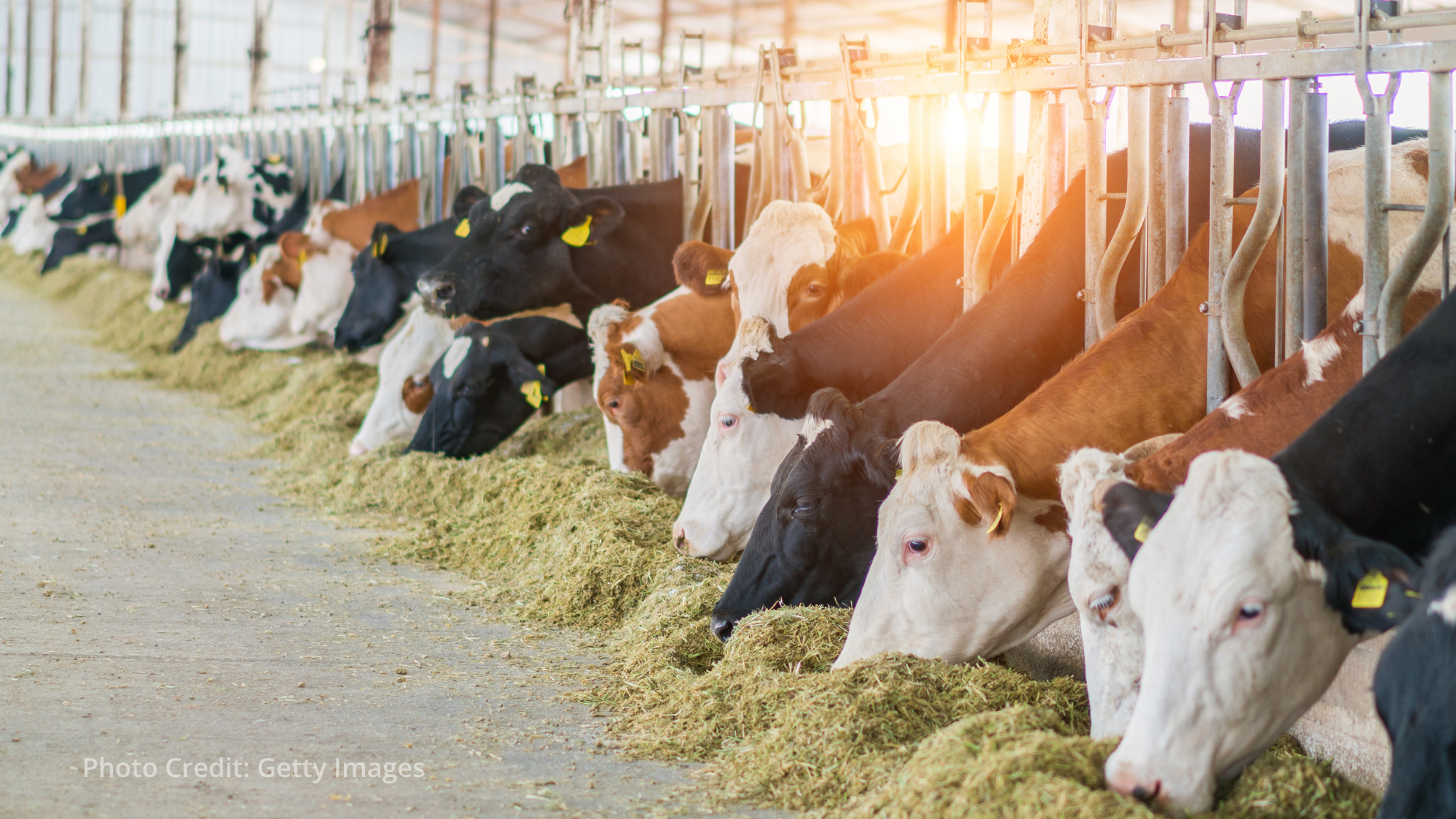The U.S. Department of Health and Human Services (HHS) and the Centers for Disease Control and Prevention (CDC) recently confirmed a rare case of New World screwworm (NWS) in a traveler who returned to the United States. The U.S. Department of Agriculture (USDA) said its ongoing surveillance and trapping efforts show no sign of NWS spreading among livestock in the country.
On August 4, 2025, CDC and the Maryland Department of Health investigated the case in a patient who had traveled to El Salvador. Since this involves a human case, CDC is leading the response and working with local health officials. The health risk to the broader U.S. public is very low.
Still, USDA took extra precautions by setting traps within 20 miles of the area, covering parts of the District of Columbia, Maryland, and Virginia. So far, these traps have not caught any NWS. The last NWS outbreak in U.S. animals was in the Florida Keys in 2017 and was quickly resolved. Cases linked to travelers have happened before but were isolated and closed after careful monitoring showed no spread.
USDA and its federal partners plan to keep watch for traveler-related cases and continue targeted surveillance to make sure NWS does not establish itself in U.S. livestock. Human cases are rare and have not led to outbreaks in animals.
In June, Agriculture Secretary Brooke Rollins announced a five-part plan to step up detection, control, and removal of NWS. This includes trapping along the U.S.–Mexico border and building a new sterile fly production center to improve readiness. Keeping people and animals safe remains the top priority for USDA and HHS.

